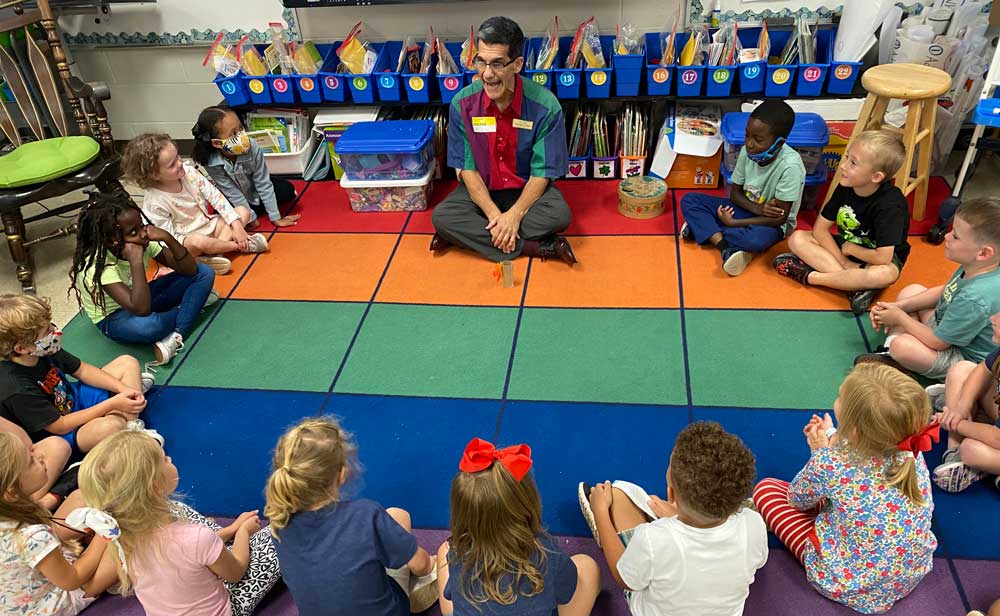Transforming A School Community Through Arts-in-Education
Debbie K. Broadnax, Principal, Ford Elementary School

I knew that my students were bright and exceptionally talented, but I wasn’t sure what the answer was. Arts integration wasn’t a term I was familiar with at the time, however, I knew that I wanted our students to engage with their learning and we could achieve this through the arts. I received the green light on this idea from my assistant superintendent and district, so I reached out to our visual arts supervisor at the time, Judith (Judy) Condon. Judy introduced me to the term, arts integration. I immediately began to research the model, and I instantly realized that exposing our students to learning this way was exactly what they needed. Little did I know at the time that it was exactly what we all needed.
Professional learning and buy-in is integral to arts integration education
Seventeen of my teachers volunteered to take the “arts integration journey.” These educators were willing to put themselves out there…willing to be vulnerable. They took risks; opened their minds to doing something new. They continued to learn and shared their newfound pedagogical strategies with their colleagues. It was a rejuvenation, so to speak. My students loved learning through arts integration; my teachers were reinvigorated; and parents were loving what they were hearing about this engaging way of learning from their children.
Our classrooms transformed from quiet, compliant classrooms to classrooms where collaborative, active, exploratory learning became the norm. Our students, parents, and teachers were excited about the direction in which we were going.
Lasting change for a community
When I was named the principal of Powder Springs Elementary, our school was one of several schools on a list of schools that needed interventions. These schools were referred to as “I-Team” Schools (Intervention Team Schools). Powder Springs was on this list because of student discipline challenges and low staff morale. I can say without a doubt that arts integration was instrumental in helping to shift the climate and culture within our building and in the broader community.
Morale improved and students enjoyed learning because our teachers loved teaching again. Arts-in-education truly created a domino effect. We were proud of our school and the work that was being done to promote student success. We experienced a metamorphosis. We went from being a school that was in crisis, to one that educators from all over the state of Georgia visit to observe the great things that are occurring with teaching and learning through arts integration.
